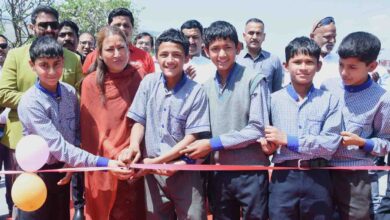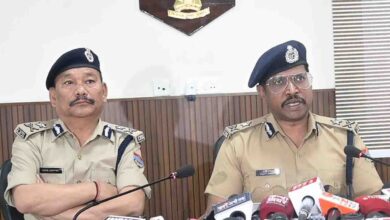Stakeholders discuss springshed management in U’khand

Friday, 03 September 2021 | PNS | Dehradun
Mountain springs are the primary source of water for rural households in the Himalayan region- the sole source for many. As per a rough estimate, there are five million springs across India, out of which nearly three million are in the Indian Himalayan Region (IHR) alone. Despite the key role that they play, springs have not received their due attention and many are drying up. Spring discharge is reported to be declining due to increased water demand, land use change, and ecological degradation. With climate change and rising temperatures, rise in rainfall intensity and reduction in its temporal spread and a marked decline in winter rain, the problem of dying springs is being increasingly felt across the Indian Himalayan Region.
As part of efforts to preserve and save springs from drying up and recharge them, People’s Science Institute (PSI), organised a state level stakeholders’ consultation workshop on springshed management for Uttarakhand. The workshop was co-hosted by the Forest Department and the Central Groundwater Board, Uttarakhand.
Speaking on the occasion, principal chief conservator of forests (Van Panchayat) Jyotsana Sitling talked about strengthening of the consortium that has been formed by the Forest Department for springshed management. Uttarakhand’s green ambassador Jagat Singh ‘Jungli’, highlighted the role of forest management in springshed development.
Former chief general manager of Uttarakhand Jal Sansthan, HP Uniyal described the status of springs and the drinking water supply schemes. He highlighted a gap in water availability and demand for water. Environmental activist Sachidananda Bharti shared the Ufrenkhal experience of groundwater recharge. Officials from the government departments concerned in Sikkim, Nagaland and Meghalaya also shared their experiences and state level plans. Experts and officials of various bodies also expressed their views on the occasion.






